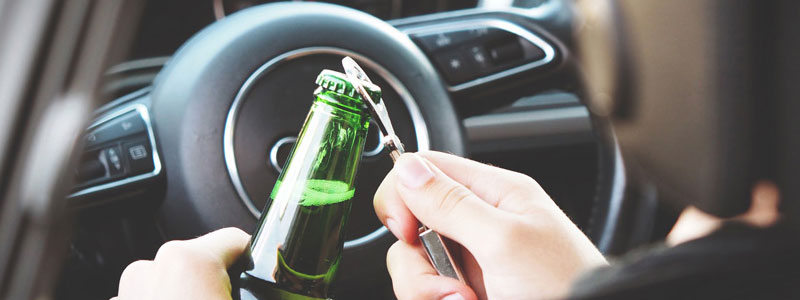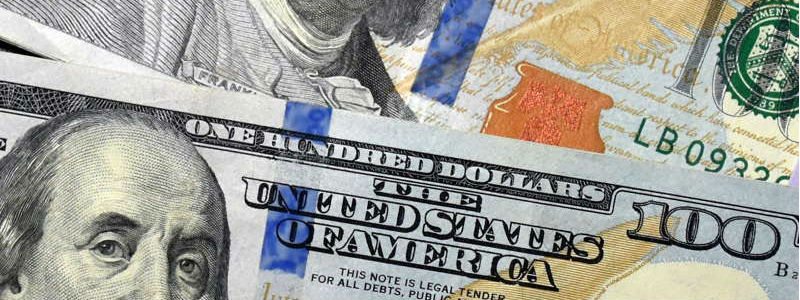Could Lowering the Drunk Driving Threshold Save Lives?
How do you know if someone is too drunk to drive? Typically, we rely on checking a person’s blood alcohol content (BAC) to determine if they’re too impaired to operate a vehicle. In the United States, the legal alcohol limit is 0.08 percent BAC. But should the legal limit be lowered? That’s what one scientific […]

March 16, 2018

How do you know if someone is too drunk to drive? Typically, we rely on checking a person’s blood alcohol content (BAC) to determine if they’re too impaired to operate a vehicle. In the United States, the legal alcohol limit is 0.08 percent BAC.
But should the legal limit be lowered? That’s what one scientific panel of the National Academies of Science, Engineering, and Medicine recommends, according to WTHR.
What the Research Says

The panel’s 489-page report gives significant evidence to bolster their recommendation of lowering the legal alcohol limit from 0.08 percent to 0.05 percent. The researchers suggest that such a policy could eliminate what they have found to be “entirely preventable” alcohol-impaired driving deaths in the U.S., totaling about 10,000 deaths each year.
According to the research, 28 percent of fatal traffic accidents are the result of drunk driving. 40 percent of deaths in drunk driving accidents are of individuals who aren’t driving while intoxicated, but are simply victims of another person’s recklessness. 48 percent of drunk driving deaths occur in rural areas. These startling statistics don’t even take into account the thousands of individuals who are seriously injured due to drunk driving accidents.
What the Law Says

Every state in the country currently has their legal limit set to 0.08 percent. Utah recently passed a law that would lower the legal limit to 0.05 percent, but it won’t go into effect until December 30, 2018. They’re following the precedent set by European countries, where the legal limit is also 0.05 percent.
But just because the legal alcohol limit is 0.08 percent doesn’t mean you can’t still get arrested if your blood alcohol content is lower. In fact, in Indiana, police officers have the right to arrest you if they believe you are not able to safely operate a vehicle, regardless of your BAC. This helps officers apprehend individuals who have a low BAC but who, perhaps due to a mix of drugs, other substances, or medical conditions, are too impaired to drive.
In Indiana, the law also addresses those whose BAC is greater than 0.08 percent. If a person’s BAC is 0.15 percent or higher, he or she will face more severe punishment.
How the Injured Can Seek Compensation

If you’ve been injured in an accident due to the negligence of a drunk driver, you may be wondering who is financially responsible for your damages. Indiana is a fault state, which means that whichever party is at fault for the accident is responsible for paying for the other party’s damages.
 Indiana operates under comparative fault, however, which means that all parties in a car accident can share a percentage of fault. As long as your percentage of fault is less than 51 percent, you can pursue coverage for your damages from the at-fault driver’s insurance company. The amount of coverage from the at-fault party you can receive will likely be reduced by your percentage of fault, however, so you may not receive full compensation for your injuries.
Indiana operates under comparative fault, however, which means that all parties in a car accident can share a percentage of fault. As long as your percentage of fault is less than 51 percent, you can pursue coverage for your damages from the at-fault driver’s insurance company. The amount of coverage from the at-fault party you can receive will likely be reduced by your percentage of fault, however, so you may not receive full compensation for your injuries.
You may think that, if a person is proven to have a BAC of 0.08 percent or greater, he or she is 100 percent at fault for the accident. That may not be the case. While a driver’s drunkenness certainly increases the odds that they will be found at fault, it does not guarantee it. You have to be able to prove that a person’s drunkenness caused or contributed to the car accident.
For example, let’s say you’re driving and you swerve to avoid a huge pothole in the middle of the road. Because you swerve out of your lane, you crash into the car next to yours. Even if it turns out that that driver was driving while under the influence, their drunkenness didn’t cause the accident; you did. Therefore, it would be unlikely that they would be found greater than 50 percent at fault, which means you could not seek compensation from their insurance company.
These types of car accidents are rare, however. Generally speaking, a person who is driving under the influence is usually the party who causes the car accident. An experienced Indiana car accident lawyer can connect a drunk driver’s intoxication to the injuries you sustained in the accident and maximize your chance for financial recovery.
Help from an Indiana Car Accident Lawyer
If you’ve been injured due to the negligence of a drunk driver, an Indiana car accident lawyer can help. Call Hensley Legal Group today or contact us online for a free conversation about your case.
Available 24/7
Free Case Review
You won’t pay any fees until we win your case.
It’s easy - you can: